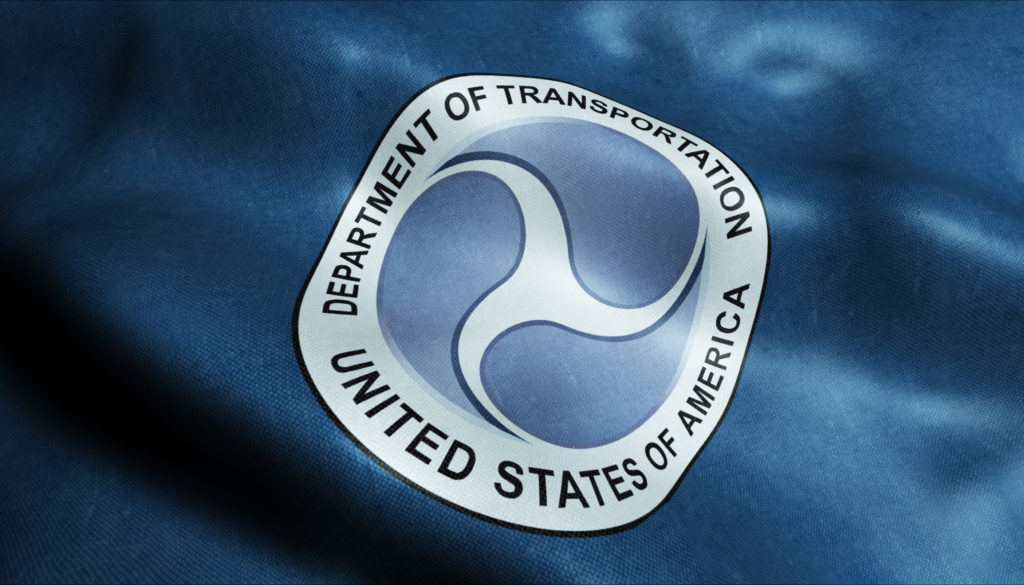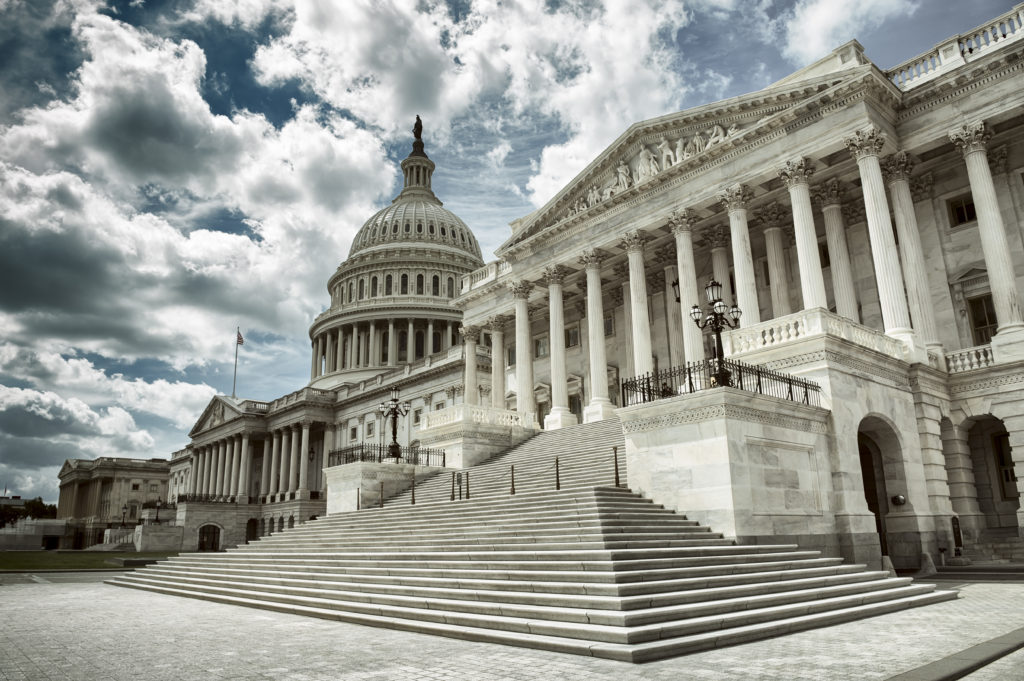
Highway safety policies are coming to the forefront as Congress has assured that it will be prioritizing comprehensive highway legislation throughout 2021.
The latest research regarding roadway fatalities is concerning, according to Peter DeFazio, House Transportation and Infrastructure Chairman. DeFazio has made clear his commitment to the upgrading of overall passenger corridor and freight safety and has promised to pursue programs working to find these methods of improvement.
The reason–in 2019, the United States saw 36,096 fatalities in motor vehicle traffic crashes, according to the National Highway Traffic Safety Administration’s data. Although this number has indeed been on the decline, it hasn’t been declining nearly enough, DeFazio explained.
“Some may point to the fact that the rate of traffic fatalities per vehicle miles traveled has decreased during our lifetime and say we’ve done our job,” DeFazio said. “I say that’s unacceptable. To put it in context for you: In 1994, we lost 40,716 lives on our roadways; in 2019, we lost 36,096. I’d say we have a lot more work to do.”
The most frustrating fact, DeFazio noted, is that the majority of deaths occurring in these accidents should be perfectly avoidable.
“We still lose an average of 100 lives per day due to motor vehicle crashes,” he continued. “What’s worse, the majority of these crashes are entirely preventable. Year after year, the leading cause of car crashes is human behavior: excessive speed, drunk driving, and distraction.”
In order to boost road safety in as widespread a way as possible, many additional tools will need to come into play, added Del. Eleanor Holmes Norton, who currently serves on the Highways and Transit Subcommittee as its chairwoman.
“Targeting resources is necessary to ensure that we actually move the needle on traffic safety,” she explained.
Pete Buttigieg, the new U.S. Department of Transportation Secretary, has made it clear that the Biden administration will be focusing heavily on improving the safety of America’s roadways. Buttigieg has explained his intention to bring enhanced safety to both transportation workers and travelers alike.
“We must ensure all of our transportation systems–from aviation to public transit, to our railways, roads, ports, waterways, and pipelines–are managed sagely during this critical period, as we work to defeat the virus,” said Buttigieg in a recent statement to senators.
Additionally, a multi-year highway policy measure is expected to be discussed by the transportation panel during the first half of 2021. All methods of transit and the strategies pertaining to increasing their safety are likely to be a main focus for policymakers, who have also expressed their intention to bring about a “complete street” proposal, which would consist of enhancement strategies regarding pedestrian and cyclist safety. Leaders within Congress have also indicated their expectation for the approval of a highway law update to be implemented before the current law expires later in the year.
American Trucking Associations has expressed its support for safety-boosting regulations and updates, especially those that would directly help the trucking industry as a whole through training and resource investments–particularly regarding equipment and technology. A prioritization ATA hopes to see among lawmakers would be that of funding distributed to programs dedicated to helping alleviate the plethora of challenges the trucking industry has seen regarding parking ease and availability. When parking is scarce, truckers can often end up leaving their vehicles in risky areas or decide to continue driving, even when they may be overtired, ATA explained.
“ATA looks forward to working with the committee to develop a long-term, well-funded surface transportation reauthorization bill that addresses highway safety, maintenance, and mobility needs,” said the agency.
Additionally, stakeholders are in agreement with the desire for a heavy focus on roadway safety–including the National Safety Council, which mentioned the Road to Zero Coalition’s efforts to collaborate with other industry members and safety advocates to urge both Buttigieg and President Biden to push forward new policies that would aim to reach zero roadway fatalities–complete elimination–by 2050.
“We can no longer stand by while 100 people die every day on our roadways,” said CEO and president of the National Safety Council, Lorraine Martin, in a message to lawmakers.




